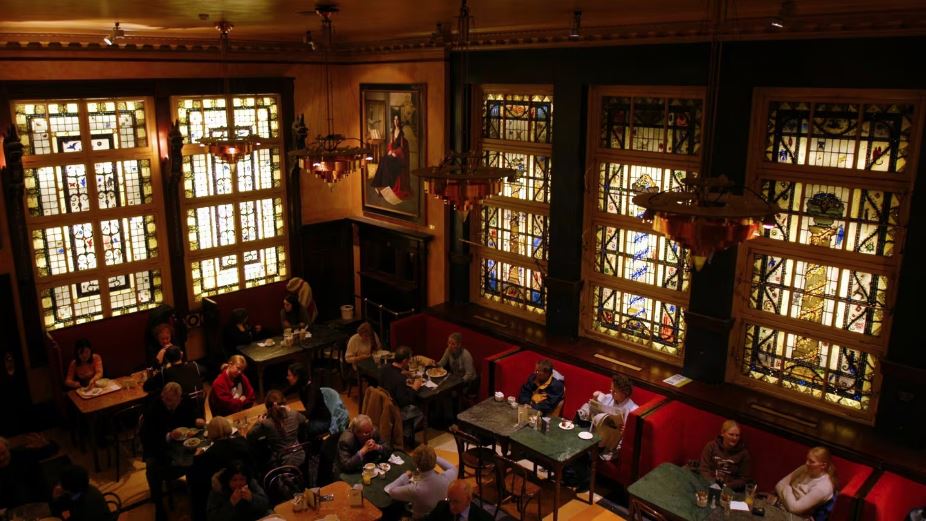- 3 September 2024
- Posted by: Brendan Sharkey
- Categories: Landlord and Tenant, Landlord and Tenant Law, News, Property

Bewley’s Café Stained Glass Windows: Part 2 – The Court of Appeal
Background
Earlier this year, we reported on the case of RGRE Grafton Limited –v. Bewley’s Café Grafton Street Limited and Bewley’s Limited. The case centred around six stained glass windows four of which were known as the “Four Orders” and two described as the “Swan Yard” works. A question arose as to whether ownership of these artistic pieces fell to the landlord or to the tenant.
Decision of the Commercial Court
McDonald J examined the law in this area and concluded as follows:-
- The works known as the Four Orders did form part of the building as they were installed in the property to form the function of windows protecting the property from the elements.
- The tenant had succeeded in establishing that the Swan Yard works were tenant fixtures. In reaching this conclusion, he looked at the functionality of those windows and the fact that they were removable and sat parallel to an existing window. He found the Swan Yard works were therefore more of a decorative nature intended to obscure the view through an existing window onto Swan Yard Alley.
Decision of the Court of Appeal
The landlord appealed the decision and in July of this year, the Court of Appeal ruled that all six windows belonged to the landlord. Costello J determined that the Commercial Court was correct to conclude that the windows known as the “Four Orders” were part and parcel of the premises. They were and remained the property of the original landlord and its successors in title.
The Court of Appeal ruled that the Commercial Court judge erred in concluding the landlord failed to prove on the balance of probabilities that the other two windows (i.e. the “Swan Yard” windows) were also part and parcel of the building.
The court found that all six windows were treated as one commission and that in 1928 the Swan Yard windows were installed in the external openings in the wall as the original external windows of the building in the same manner as the Four Order windows were inserted. They concluded that just as the Four Order windows were windows as a matter of law, so too must the Swan Yard windows.
Interestingly, in this judgment, the court was split two to one in favour of the landlord. The dissenting judge was completely at odds with the other two judges and the dissenting judge’s orders were that not only would she affirm the Swan Yard windows were owned by the tenant, but she would grant a cross appeal and declare the Four Orders windows were also tenant fixtures.
The Court of Appeal in this case pointed to the fact that there was a difficulty in the incomplete nature of the evidence. Out of necessity, both the Commercial Court and the Court of Appeal were required to draw inferences from this incomplete picture.
This case yet again proves the importance in the course of lease drafting to be clear and specify the ownership of particular items at the outset (i.e. whether they belong to the landlord or to the tenant).
For further information on this topic, please contact Brendan Sharkey at bsharkey@reddycharlton.ie
